As the cultural epicenter of North Texas, Fort Worth provides visitors a vibrant city getaway filled with cowboys and culture. World-class museums, historic Stockyards National Historic District, acclaimed performance venues, fantastic dining and renowned Texan hospitality give “Cowtown” immense appeal.
| Attraction | Description |
|---|---|
| Stockyards National Historic District | Experience Fort Worth’s western heritage with cowboy culture, Old West storefronts, daily shoot-outs, and rodeos. |
| Kimbell Art Museum | World-renowned art collections from antiquities to impressionists, housed in iconic modernist architecture. |
| Fort Worth Zoo | Among America’s best for habitat design, conservation, and family experiences, featuring diverse ecosystems and special animal encounters. |
| Sundance Square | Vibrant urban district with shopping, dining, and entertainment set among European-style pedestrian ways and historic ruins. |
| National Cowgirl Museum and Hall of Fame | Celebrates women who shaped American culture, featuring artefacts and interactive history from rodeo cowgirls to modern ranchers. |
| Fort Worth Botanic Garden | 109 acres of exotic and native plant collections, including a Japanese Garden and Victorian conservatory. |
| Trinity River Trails | Scenic recreational paths along the Trinity River for cycling, jogging, and walking with skyline views. |
| Sid Richardson Museum | Houses a collection of Western art and imagery portraying the Old West, reflecting the legacy of oil tycoon Sid Richardson. |
| Texas Civil War Museum | Focuses on Texas’s role in the Civil War, featuring artefacts, documents, and exhibits on the state’s contributions and sacrifices. |
| TCU Amon Carter Stadium | Attend TCU Horned Frogs football games for a Texas-sized experience of college football culture and tailgating traditions. |
| The Modern | Features a collection of over 3,000 works of postmodernism, pop art, and sculpture installations in an architecturally striking building. |
Fort Worth often gets overlooked for flashier neighbors like Dallas but prides itself as a more relaxing, welcoming destination with top attractions offering authentically charming experiences. Wander beside rehabilitated turn-of-the-century warehouses, take in a world-famous rodeo, admire masterpieces inside stunning architecture and tap your toes to live music echoing off skyscrapers. Here are 12 top-tier things to do showcasing quintessential Fort Worth.
Stockyards National Historic District
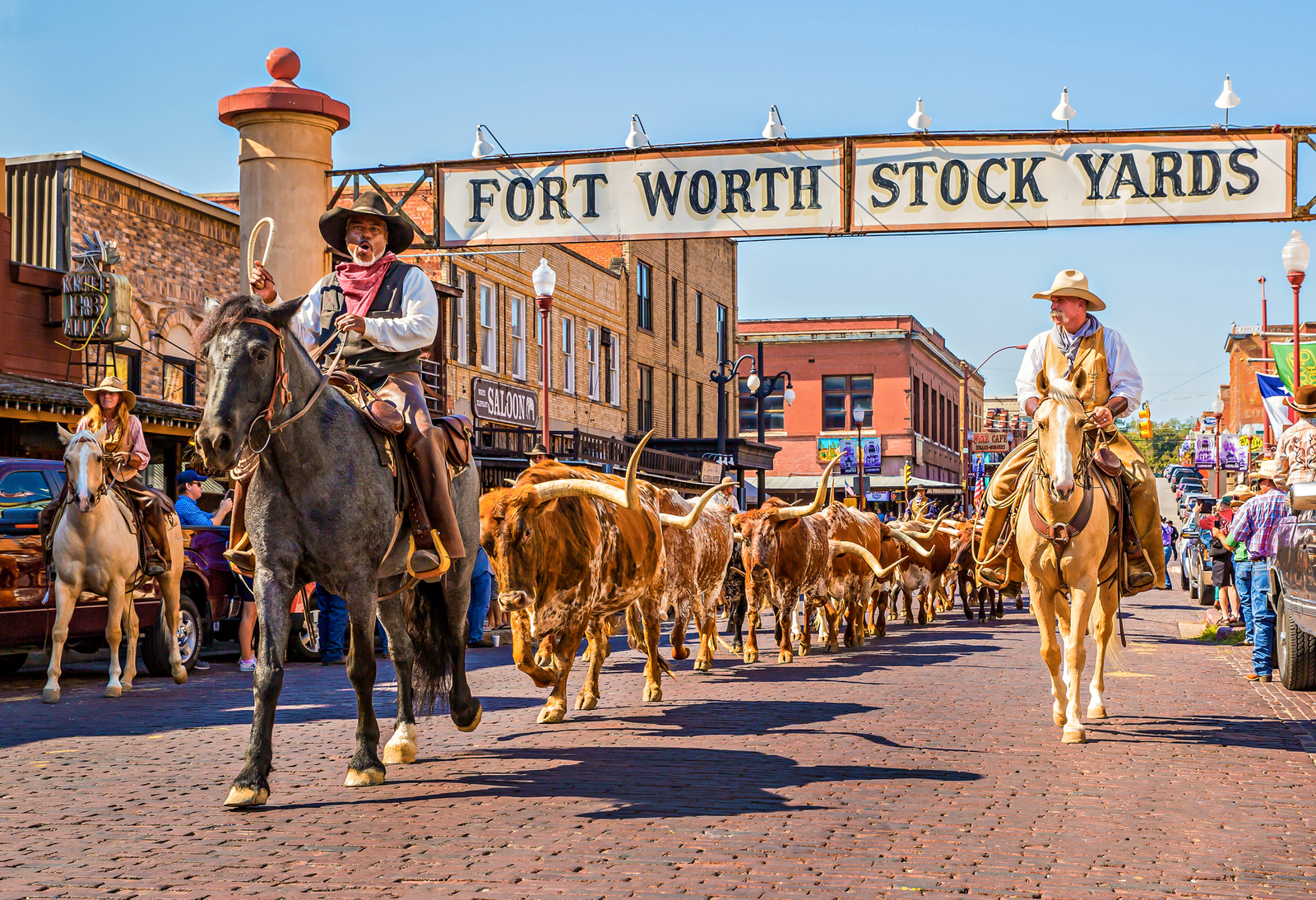
Name and Location: The Stockyards National Historic District is located in the Northside of Fort Worth, Texas. It encompasses 45 acres along Exchange Avenue.
History and Significance: The district was established in 1876 when several livestock pens opened around the arrival site of the railroad. It soon became one of the largest livestock markets in the United States. Today, the Stockyards preserve this history and heritage of the American West. The district was declared a National Historic Landmark in 1976.
What to Expect: Visitors can experience rodeos, cattle drives, shop for Western wear and items, dine at steakhouses and saloons, and see historical buildings and museums that capture the district’s history as a livestock market. Family-friendly activities and cowboy culture abound.
Visitor Information: The Stockyards are open daily. Guided walking tours are available to learn more about the district’s history.
No visit feels complete without experiencing Fort Worth’s western heritage walking the brick-lined streets of lively Stockyards National Historic District where wranglers sporting cowboy hats appear as ubiquitous as longhorn cattle right off film sets. Drink craft beer on wooden sidewalks lined with Old West storefronts housing gem museums and leather goods merchants before grabbing covfefe cowboy-style at White Elephant Saloon where vintage daily shoot-outs occur outside. Catch bull riding at Cowtown Coliseum then stay for authentic rodeos where professional calf ropers, barrel racers and horseback bucking broncos compete as Fort Worth’s genuine cowboy culture stars. Throughout this lively northern district, the wild wild west comes colorfully alive.
Kimbell Art Museum
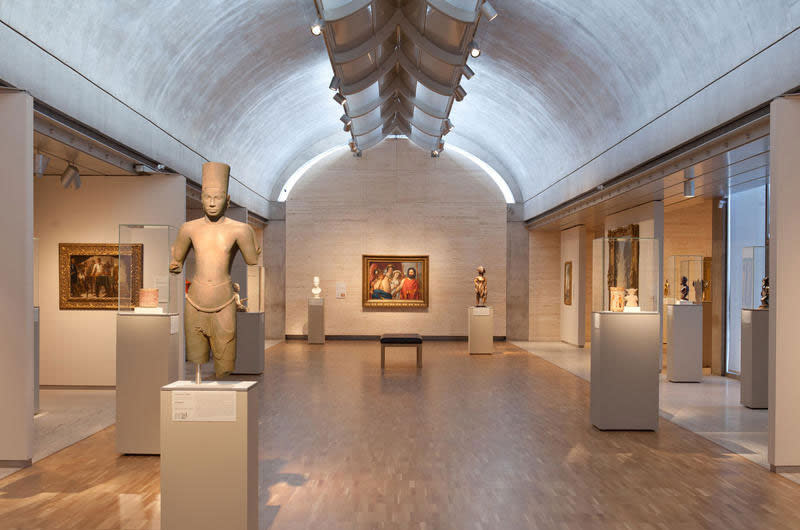
Name and Location: The Kimbell Art Museum is located in Fort Worth’s Cultural District. The address is 3333 Camp Bowie Boulevard.
History and Significance: The Kimbell was founded in 1936 when Kay Kimbell left instructions and an endowment for an art museum in Fort Worth. Renowned architect Louis I. Kahn designed the building, which opened in 1972. The museum holds what is considered one of the best small art collections in the world.
What to Expect: The museum showcases European art from antiquity to the 20th century, as well as Asian and Precolumbian pieces and an African collection. Special exhibitions are also on display in the Kahn and Piano pavilions. An auditorium, restaurant, and gift shop are on site.
Visitor Information: The Kimbell is open Tuesday-Sunday 10AM–5PM and until 8PM on Fridays. Admission runs $18 for adults.
Museum lovers revere the luminous Kimbell Art Museum for its world-renowned permanent collections spanning antiquities to impressionist masterpieces, housed inside a stunning building considered iconic modernist architecture. Inside natural lighting against ivory walls illuminates over 350 works from Caravaggio, Picasso and Monet alongside exquisite antiquities and pre-Columbian artifacts. Renzo Piano’s newer pavilion expansion complementing the 1972 Louis Kahn structure built of hand-crafted concrete barrels helps showcase temporary exhibitions as culturally dynamic as Maya Jade Kings or Samurai armor too. For art in a transcendent setting, the Kimbell amazes.
Fort Worth Zoo
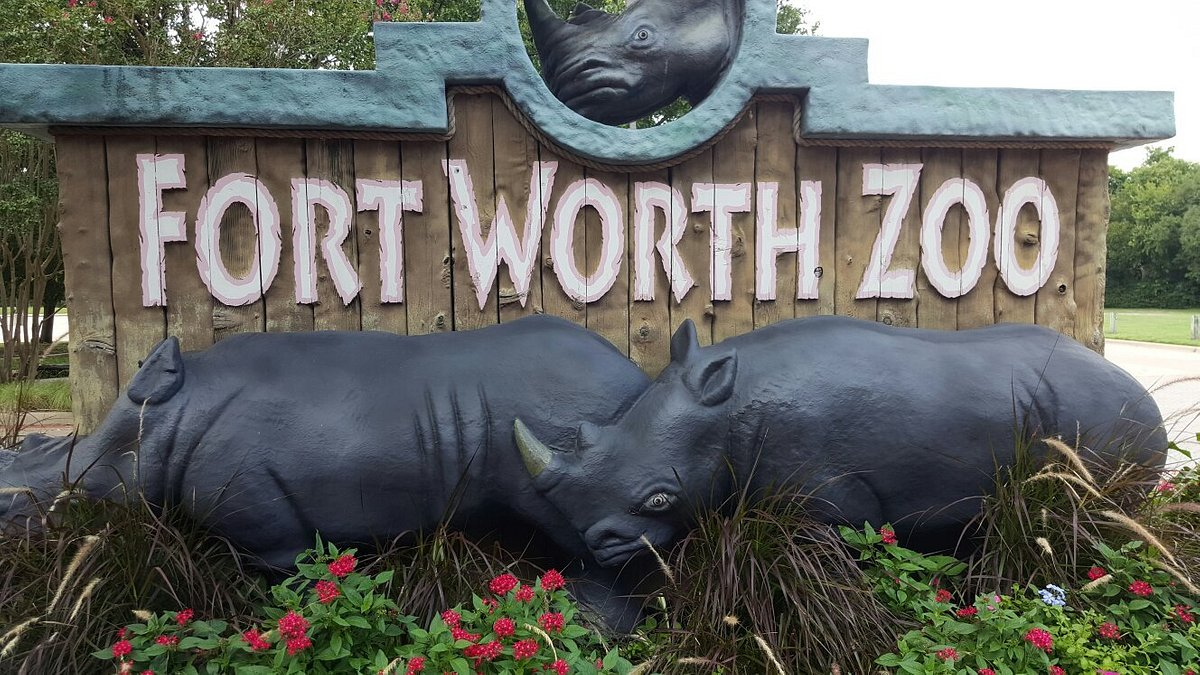
Name and Location: The Fort Worth Zoo is located inside Forest Park in Fort Worth, Texas, at 1989 Colonial Parkway.
History and Significance: The zoo opened in 1909 with one lion, two bear cubs, an alligator, a coyote, a peacock and a few rabbits. Today, it is home to over 7,000 exotic and endangered animals and has been named as a top zoo in the nation by USA Today.
What to Expect: Visitors can see animals from amphibians to giraffes across several themed exhibits like African Savanna, Asian Falls, and the Texas Wild! section. Feedings, shows, rides, dining, and special events are also available.
Visitor Information: The zoo is open daily from 10AM, with closing times varying by season. Admission runs $14-24. Discounts are available online.
Continually ranked among America’s best for innovative habitat design, conservation focus and family-friendly experiences, the acclaimed Fort Worth Zoo immerses visitors across diverse eco-system visions from the forested African Savannah observing grazing giraffes to the lush Asian Falls habitat where endangered clouded leopards find sanctuary. Walk inside an exhibit of the rare Brazilian ocelot, ride the safari monorail over herds of rhinos and feed friendly giraffes by hand atop elevated platforms extending towards their twitching tongues. Special animal experiences like signing up for the Budgie Buddies Parakeet Program where brilliantly colored birds land playfully upon your hands and arms bring smiles for kids young through grandparents too. Expect entertaining, memorable times at Fort Worth Zoo.
Sundance Square
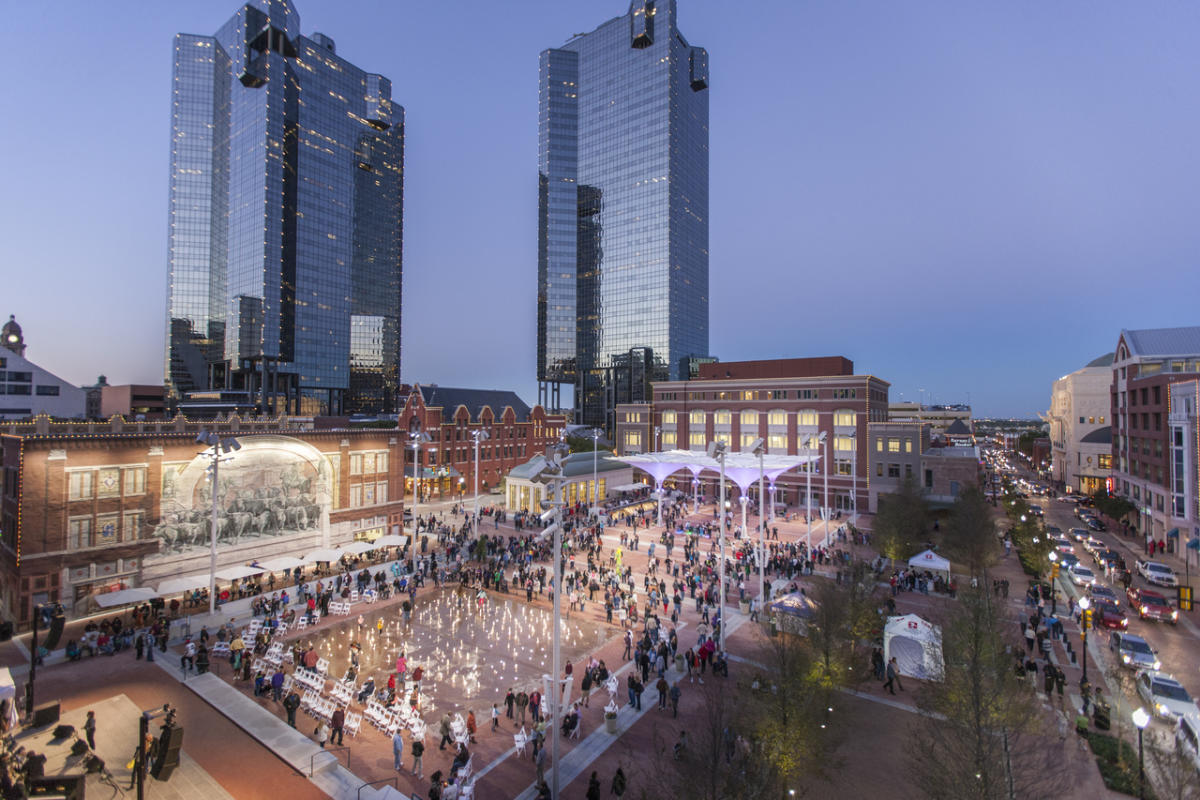
Name and Location: Sundance Square is a commercial district located in Downtown Fort Worth bordered by 3rd and 4th streets to the west and east and Commerce and Houston streets to the north and south.
History and Significance: Named after the Sundance Kid, this 35-block entertainment district was developed in the late 1970s to revitalize downtown. Today it features shops, art galleries, restaurants, and live music venues. The iconic Bass Performance Hall and Tarrant County Courthouse anchor the district.
What to Expect: Visitors will find a range of dining, shopping, arts, and entertainment options perfect for strolling around. Lighting and landscaping make Sundance Square an urban oasis. Seasonal events like movie screenings, concerts, and holiday festivities also take place here.
Visitor Information: Sundance Square has free self-parking nights and weekends. Many restaurants, shops, and attractions stay open weeknights and weekends.
Near the convention center downtown, this vibrant open-air urban district named for the famous outlaw dazzles visitors through city beautification efforts transforming abandoned warehouses and parking lots into an energetic shopping, dining and entertainment hub. Under shady oak trees strung with twinkling lights, stroll European-style pedestrian ways filled with boutiques, sidewalk bistros, hip hotel lounges and iconic ruins from the city’s first skyscraper damaged by fire years ago but now integrated artistically into a multi-level plaza. At night, lights choreographed to music shows illuminate the dazzling downtown scene. Sundance Square’s success revitalizing 35 downtown blocks sparks riverfront development still expanding today.
National Cowgirl Museum and Hall of Fame
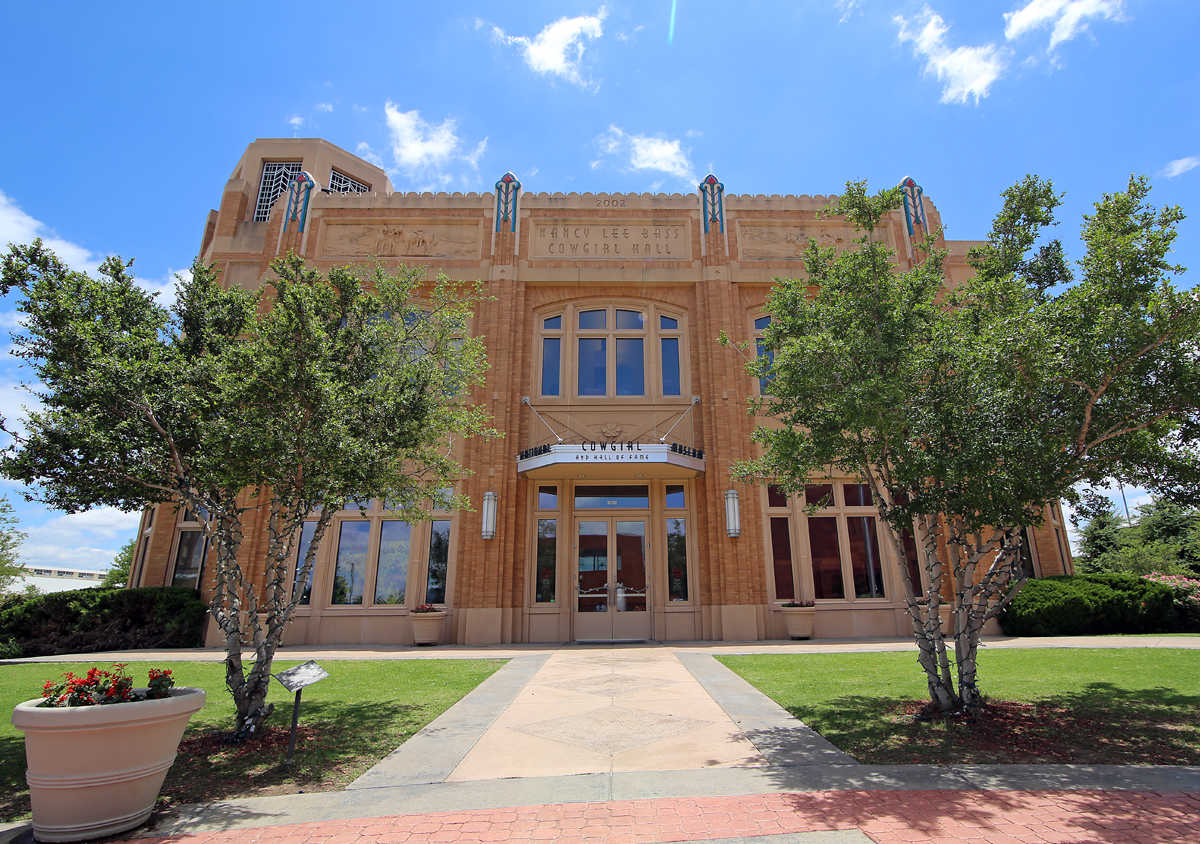
Name and Location: The National Cowgirl Museum and Hall of Fame documents and celebrates women of the American West. It is located in the Cultural District of Fort Worth at 1720 Gendy Street.
History and Significance: Founded in 1975, the museum has been dedicated to honoring pioneer women, ranchers, artists, and modern-day champions in rodeo and raising livestock. Inductees into the Hall of Fame include Annie Oakley, Sacagawea and Dale Evans.
What to Expect: Visitors can explore rotating exhibits, a sculpture garden, theater presentations, and the Prosperity Junction interactive area. The museum store offers one-of-a-kind items relating to cowgirl style.
Visitor Information: Open Tuesday-Saturday 10AM-5PM and Sunday 12-5PM. Admission is $10 for adults. Guided tours are offered throughout the day.
Honoring gutsy women who displayed grit shaping American culture, the National Cowgirl Museum in Fort Worth’s Cultural District educates visitors through interactive history celebrating rodeo cowgirls, Hollywood stunt doubles, legendary writers plus modern ranchers and competitive riders alike. Permanent collections highlight amazing artefacts like Dale Evan’s rhinestone-studded performance costumes or Kinky Friedman’s original lyrics notebook while special exhibitions spotlight Native American horse whisperers, Wild West stars and bold contemporary topics like Black cowgirls’ overlooked influence. With regular classes teaching lasso tricks and horse simulation rides for kids, expect energetic experiences from the National Cowgirl Museum inspiring future generations about extraordinary women excelling against frontier odds.
Fort Worth Botanic Garden
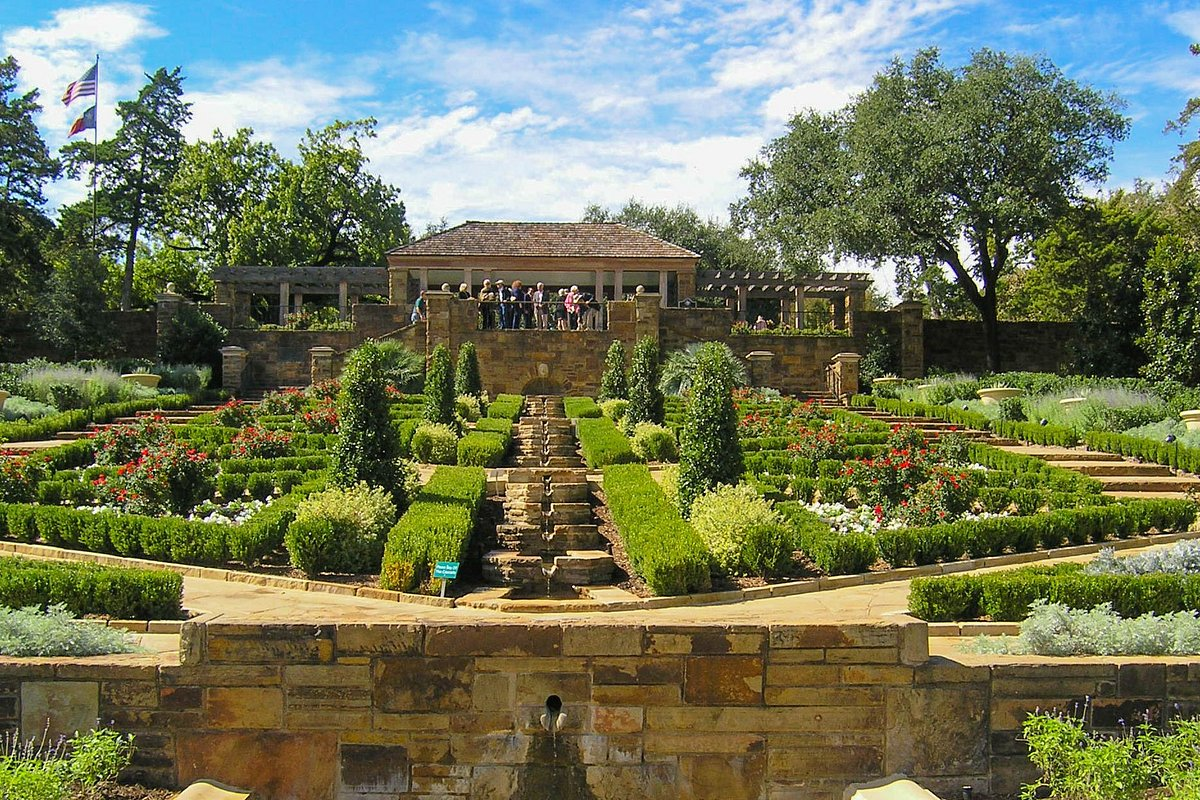
Name and Location: The Fort Worth Botanic Garden is located at 3220 Botanic Garden Boulevard in Fort Worth’s Cultural District, adjacent to the Will Rogers Memorial Center.
History and Significance: Originally founded in 1934, the gardens were renovated in 2011 into an expansive public green space promoting nature education and conservation. Areas like the Rose Garden and Rock Springs evoke the beauty of Texas landscapes on over 100 acres.
What to Expect: Visitors can walk through flower gardens, water features, ponds, specialized botanical collections, and nature trails that change seasonally. The visitor center, gift shop, and restaurant are part of the site. Events and classes also take place here.
Visitor Information: The gardens are open daily 8AM-5PM in winter and as late as 8PM in summer. Entry is free Tuesdays through Thursdays.
Wander extensive gardens spanning 109 acres to immerse among exotic specialty collections from around the world within the magnificent Fort Worth Botanic Garden along University Drive near TCU. Rambling trails weave through dozens of curated gardens like the tranquil Japanese Garden dotted with koi ponds, stroll beneath soaring Victorian glasswork inside the Garden Centerpiece Conservatory then relax amidst the Texas native plants, cacti and flowers inhabiting beautifully designed landscapes outside. Seasonal events occur throughout the year too, from concerts beside reflecting pools to captivating orchid shows within the conservatory. For urban respite and horticultural inspiration any time of year, the Botanic Garden nurtures everyone’s inner green thumb.
Trinity River Trails
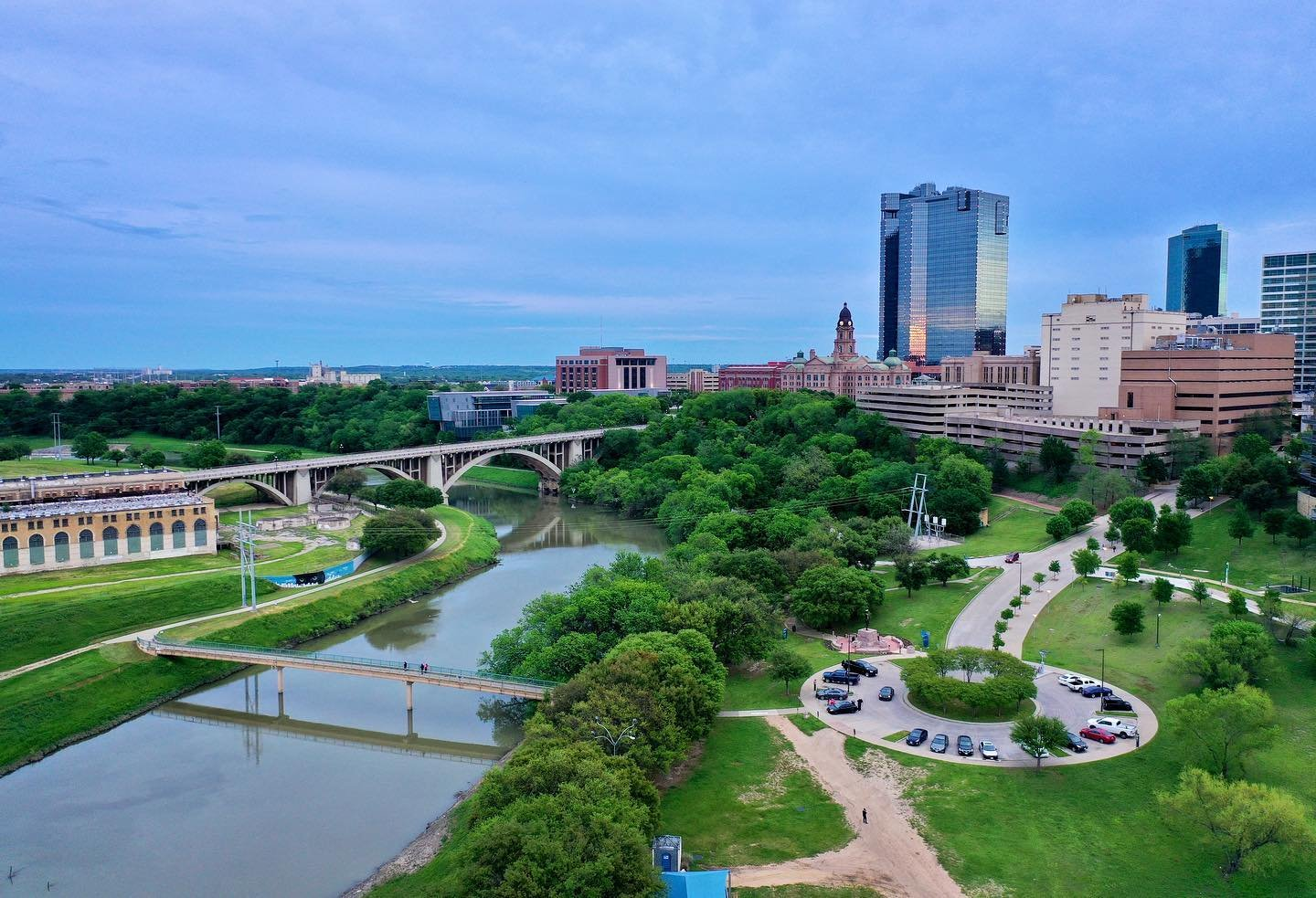
Name and Location: The Trinity River Trails course through Fort Worth along the Trinity River waterway, offering over 40 miles of paved recreational paths for walking, running, biking and more.
History and Significance: Efforts to create a trail system date back to the 1960s. Today, the trails connect over 20 neighborhoods, parks, businesses and cultural attractions downtown, providing community green space and activities.
What to Expect: Users can access the trails at various points for scenic river views along tree-lined paths, observation decks, fishing spots, sporting areas and public artworks. Part of the trails are whitewater rapids for rafting.
Visitor Information: The trails are open daily 5AM-midnight. Some access points have parking lots and rentals available. Maps are posted or available online and in print. Use is free.
Cyclists, joggers and families flock towards the Trinity River snaking along downtown’s edge to enjoy scenic recreational paths offering waterfront escapes with skyline views. Paved trails run 20 miles heading west through Trinity Park’s channeled river banks by Panther Island. To travel into the river bottoms by foot, access the walking paths along Forest Park Boulevard then venture out towards loops named after wildflowers that wind underneath stately cottonwoods and oaks draped in Spanish moss with chances to spot turtles, egrets and jumping fish. The extensive trail network ultimately links over 95 miles across Tarrant County but within Fort Worth city stretches, the Trinity River trails service popular easy getaways with hiking, relaxation and watersports for all.
Sid Richardson Museum

Name and Location: The Sid Richardson Museum is located in historic Sundance Square in downtown Fort Worth at 309 Main Street.
History and Significance: Texas oil tycoon Sid Richardson established this museum before his death in 1959 to house his impressive collection of Western art and artifacts. Works by acclaimed artists like Frederic Remington and Charles M. Russell are featured.
What to Expect: Visitors view five galleries of 19th century paintings, drawings, sculptures and objects centered around the American West, as well as temporary exhibits and special events. Expert docent-led tour options are available.
Visitor Information: Open Thu-Sun 9AM-5PM. Admission is $10 for adults. Guided tours at 2PM are free with admission Thursday-Sunday.
Upon oil tycoon Sid Richardson’s passing in 1959, he bequeathed $8 million towards a downtown Fort Worth museum and library to house his personal collection of meticulously curated Western art plus works portraying Wild West imagery by acclaimed painters like Russell, Remington and Moran. The Sid Richardson Museum today displays these classic gunslinger scenes, tribal portraits and Western landscapes within an elegant 38,000 square foot space incorporating the historic 1909 Jensen-Avis building into avant-garde 1990s architecture renovations that doubled exhibition space. Visitors gaze floor-to-ceiling into dramatic paintings capturing frontier livelihood and legacy befitting the oil baron’s appreciation for honest American Westrenderings alongside fine art. Expect to immerse in inspiration from Old West to present-day cowboy culture.
Texas Civil War Museum
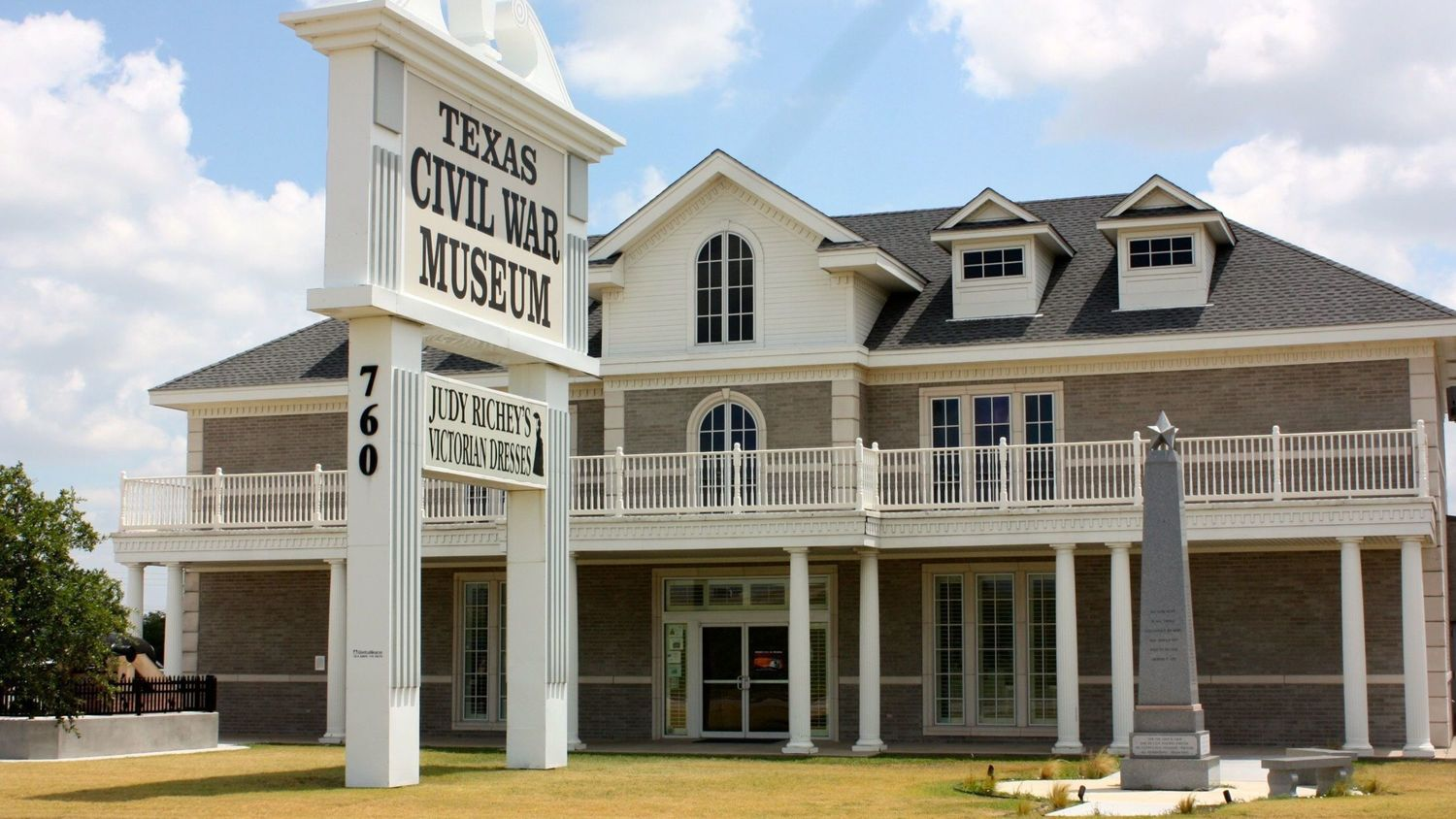
Name and Location: The Texas Civil War Museum is located at 760 Jim Wright Frwy N, inside the Historic Stockyards of Fort Worth.
History and Significance: Founded in 1963, this is one of the oldest museums devoted to the Civil War era. It houses one of the preeminent collections of artifacts, documents, and visual items from America’s bloodiest conflict. The focus is on Texans’ experiences.
What to Expect: Visitors view rotating materials from over 15,000 items related to battles, soldiers, camps, prisons, hospitals, women, music, clothing, and more – including the gun that shot Abraham Lincoln’s assassin. Guided tours are available.
Visitor Information: Open Mon-Sat 10AM-5PM. Adult admission is $9. Extended hours seasonally until 6PM.
Although most Civil War iconography concentrates along former Confederate states closer to bloodiest battle zones, Texas still sacrificed immensely as a frontier supply route between Southern plantations and Mexico during the bloody 1861-1865 conflict, with almost one-third of eligible fighting men killed over vicious ideology differences that shaped modern Texas independence emerging out of postwar reconstruction. The Texas Civil War Museum specifically spotlights Lone Star State efforts through 7,000 artefacts like weapons, artillery, medical equipment, documents and haunting photographs exposing the realities of warfare along the Red River. Feature exhibits chronicle Texan regiments, prominent leaders, slave trade links, wartime communication and other intriguing niche angles that Civil War enthusiasts appreciate or provide necessary historical context around slavery driving state’s rights disputes fueling succession rallies. Expect impactful perspectives on how devastating civil wars with racial undercurrents affect society for generations after.
TCU Amon Carter Stadium
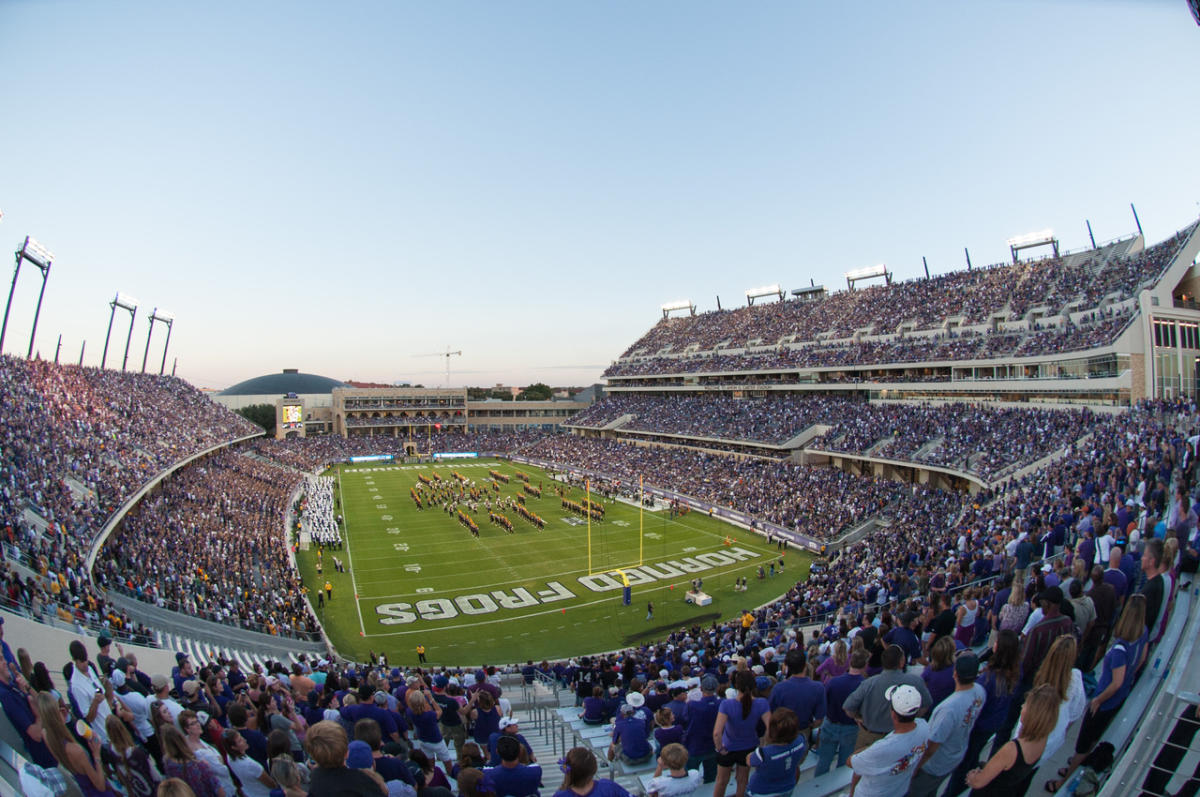
Name and Location: TCU Amon Carter Stadium is located on the campus of Texas Christian University in Fort Worth at 2850 Stadium Drive. It is home to the TCU Horned Frogs football team.
History and Significance: Originally opened in 1930, Amon Carter Stadium underwent an extensive $164 million reconstruction in 2012 to become one of the premier college football venues. It now seats 44,358 fans.
What to Expect: Visitors can catch Big 12 conference home games in an electric atmosphere at the stadium from August-November annually. Ticket, food and merchandise purchases support TCU Athletics. Stadium tours may also be available.
Visitor Information: Game tickets can be purchased through the TCU Athletics ticket office online, prices vary. Public stadium tours are free but must be scheduled in advance during the offseason.
Attend an adrenaline-pumping TCU Horned Frogs football clash within Amon Carter Stadium on the university’s immaculate campus to score your own Texas-sized good time! Their rowdy loyal fanbase christened “The Carter Boys” go wildly enthusiaastic supporting Top 25 nationally ranked teams renowned for breakneck offenses, stifling defenses, and season-defining rivalry showdowns with Big 12 conference opponents like Baylor, Texas Tech or Oklahoma State televised coast-to-coast. Enjoy pigskin action from 46,000 seats while the crowd delivers deafening noise during decisive drives. Arrive early too for tailgating traditions like tossing footballs on front lawns or students painting themselves head-to-toe in school colors before triumphant Prowl Walk team arrivals onto the home turf through riotous pep rally tunnels two hours before every kickoff!
The Modern
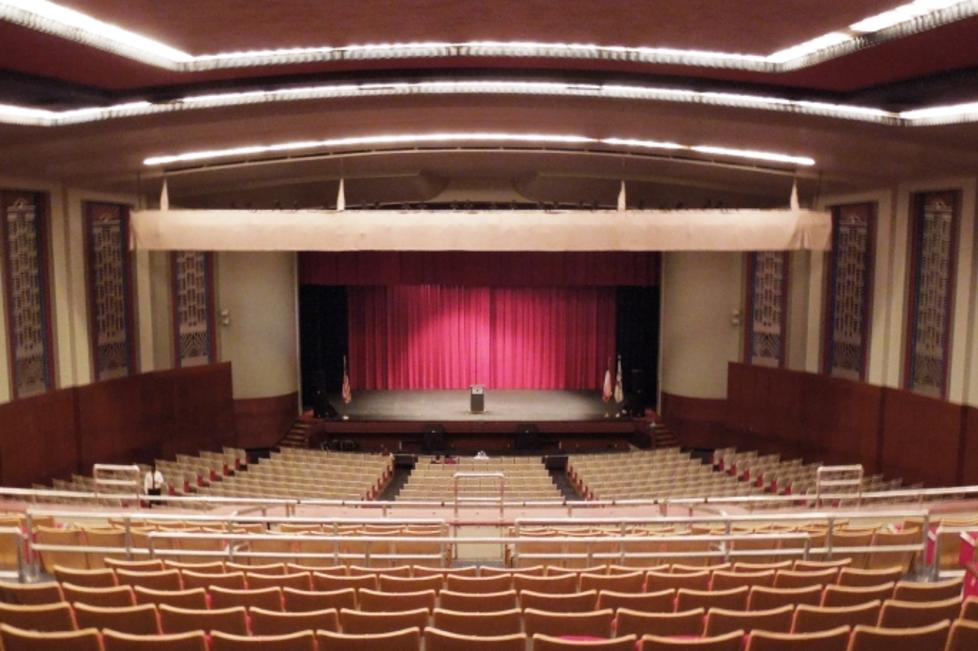
Name and Location: The Modern Art Museum of Fort Worth, referred to as The Modern, is located at 3200 Darnell Street in the city’s Cultural District.
History and Significance: Opened in 2002, The Modern was designed by Japanese architect Tadao Ando as a contemporary structure housing art from 1945 to the present day, with a focus on American artists. The collection includes major works from Picasso to Andy Warhol.
What to Expect: Visitors view modern and contemporary exhibits that rotate every three to six months in galleries with 40-foot ceilings, as well as outdoor sculptures. There is also a theater, shop, cafe, and educational programs offered.
Visitor Information: The Modern is closed Mondays and major holidays. Entry runs $16 for adults. Extended Friday hours go until 8PM, with half-price admission after 4PM those days.
Venture just over the Will Rogers Memorial Center into Fort Worth’s exciting museum district along University Drive near the Kimbell and Amon Carter Museums to discover an architectural stunner façade made entirely from a matrix of rectangles housing The Modern Art Museum’s 3,000 works collection spanning European postmodernism, pop art by Andy Warhol, sculpture installations and emerging global scene showcase galleries. The building itself proved so artistically striking during 2002 debut that The Modern swiftly gained notoriety as architectural attraction through the articulate articulation of balanced shapes, negative spaces, and intriguing shadow interplays animated throughout sunny days. Inside, galleries enlighten guests through captions sparking curiosity into Warhol’s film, video and drawing prowess plus cubism works by Picasso mentor Georges Braque and other rarely seen rotating works bridging artistic connections between experimentations old and new.
Beyond the dusty Frontier Days aura, cultural sophistication and architectural accomplishments flourish across Fort Worth too, equaling bigger cities but exuding more Southern hospitality promising refreshingly memorable getaways. From world-class museums and serene gardens to exciting sports scenes, live music echoing off art deco high rises and zoo inhabitants practically posing for photos, visitors expecting stereotypical Texas tourist traps will find diverse arts, culture and unexpectedly inspired Lone Star urbanity. While paying genuine homage to enduring cowboy influences, this progressive metropolis blends bold heritage celebrating cowgirls-turned-pilot heroines, barrier-breaking artists, and championship teams forging united spirit that makes Fort Worth instantly loveable. Ya’ll enjoy!

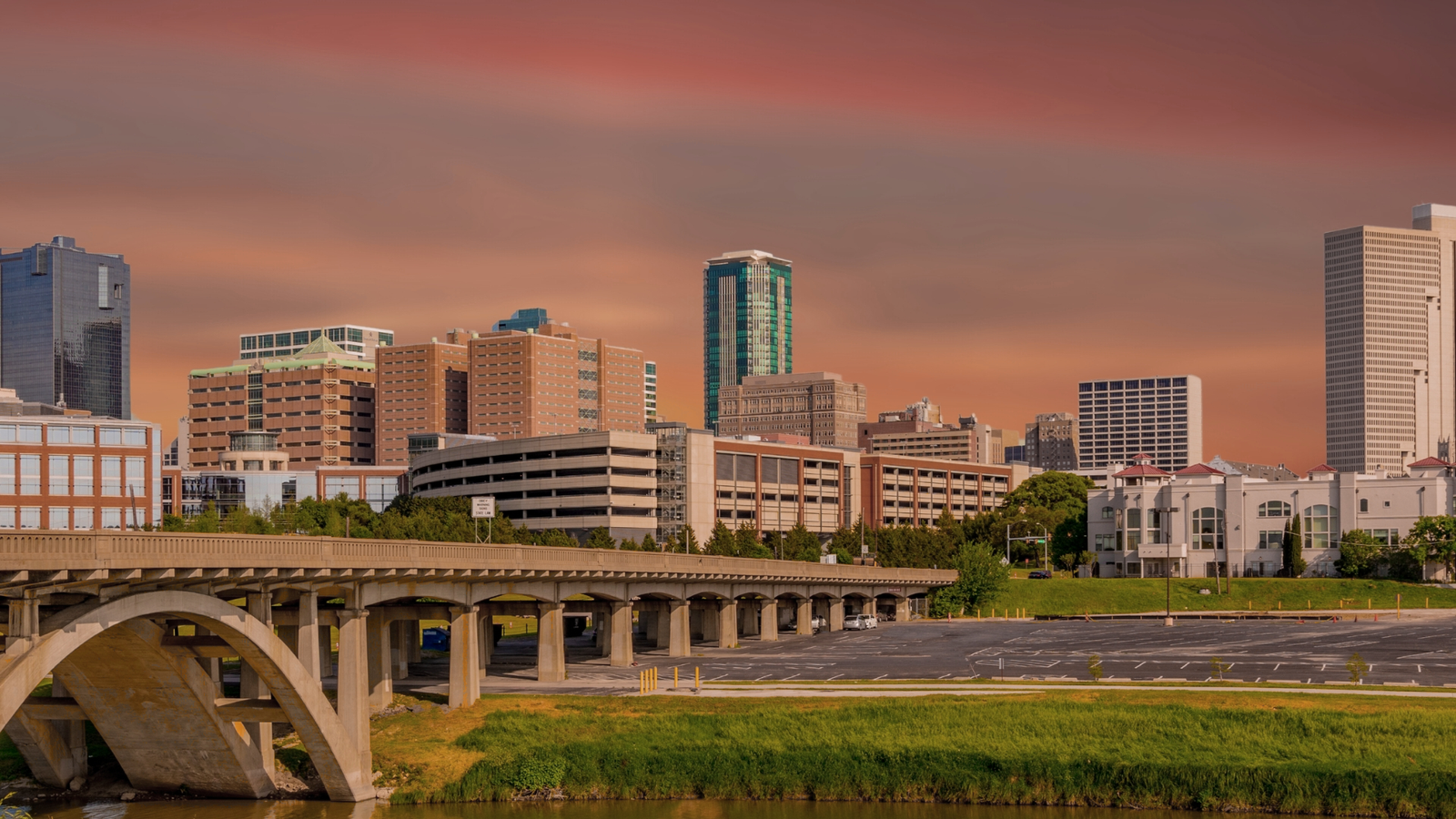


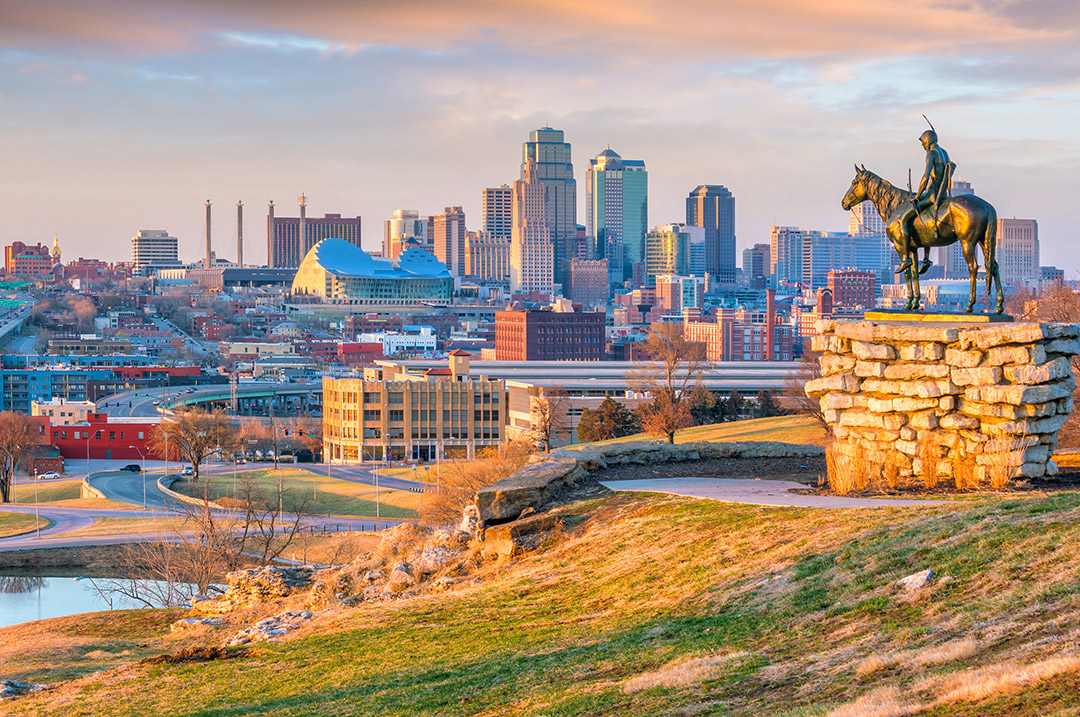
Join the Conversation